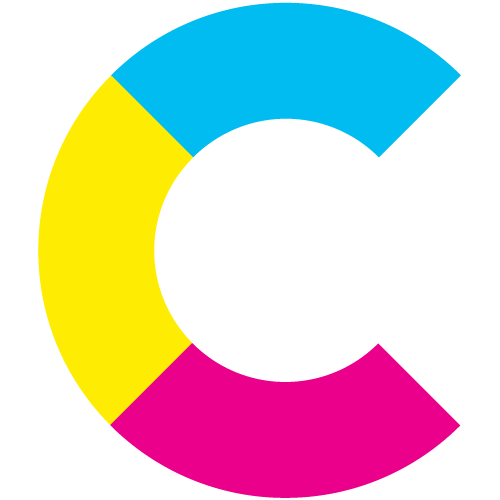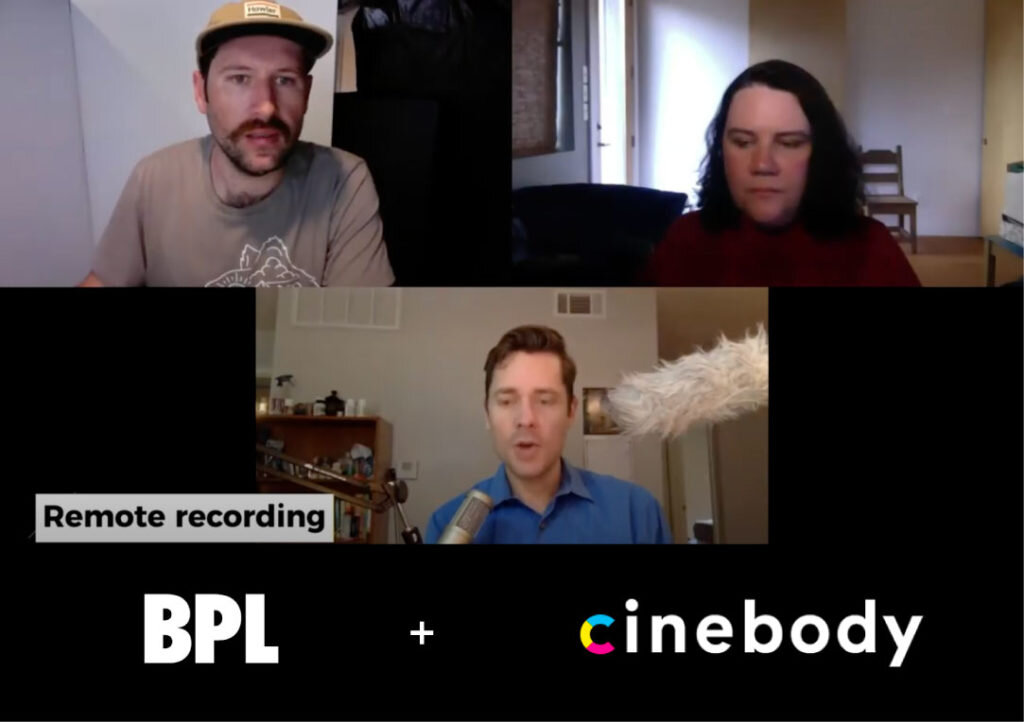How Big Picture Lab Created Their 48 Hr Film Festival Submission During Lockdown
Here’s a crazy idea; enter a film festival during a time when filming anything is almost impossible. Who would even think of attempting to climb such a monumental mountain? Well, Big Picture Lab saw the task put out there by the 48 Hour Film Festival and said, “challenge accepted.”
The 48 Hour Film Festival: A Test of Creativity and Skill
Now if you know anything about the 48 Hour Film Festival, you’ll be well aware of the competition and the chaotic contest it puts on regularly. In a nutshell, teams of filmmakers are given 48 hours to create a short film, but don’t even know the genre until moments before the clock starts ticking. Tough? Yes. A creative challenge relished by the video production industry? Absolutely.
Introducing the "Stuck-At-Home Challenge" and Remote Video Production
Lockdowns and shelter-in-place orders have had a massive impact on the filmmakers and production crews around the world. However, the show must go on, and so the 48 Hour Film Festival created the “Stuck-At-Home Challenge.” You get the brief on Friday night, your remote video production team dives in, and whatever has been written, shot, and edited must be uploaded to the 48HFP Facebook page by Sunday evening. Big Picture Lab was all in, but already had an advantage; their team knew of the power of crowdsourcing tools like Cinebody to leverage during a pandemic. Not only is it a powerful video content aggregator, but it also gives filmmakers the ability to create shot lists, provide feedback in real time, and receive content the second it has been shot.
Creating an Award-Winning 48 Hour Film Festival Entry: The Big Picture Lab Way
What follows is a short interview with Raina James, Executive Director at Big Picture Lab, on the idea behind their wonderfully creative entry, utilizing Cinebody, and the whole process of creating a short film when everyone has to work remotely (which made for some fun behind the scenes footage, too). But what this video has proved definitively is that crowdsourcing has moved beyond simple User Generated Content, giving filmmakers the ability to execute some very structured and advanced projects. As we look towards the post-COVID-19 future, this remote way of filming could become the new norm for years to come.
How did you come up with the idea for the short film?
We were struck by a new truth that we wanted to express: It doesn’t matter where we live, all of us are experiencing similar emotions and interrupted daily routines right now. Our homes all feel smaller. And as creatives, we are searching for technology that enables us to tell stories in this new world of social distancing. So when the theme of “Connecting” was announced we knew we wanted two things — a character that could act out our collective uncertainty and a method for capture that made it easy for lots of people to participate.
Why did you use Cinebody to create it?
One of our cinematographers, Davis, raved about Cinebody because he had used it to gather footage for a Colorado-wide fishing tournament. Davis had all the participants submit clips of their catches. I figured that if that process went as smoothly as he described from all over the state in remote locations that I wanted to see it for myself. So when the 48HR Challenge came up it seemed like a natural fit.
How did you find all the people to film?
Our main actor Jonathan agreed in advance to participate, but all of the friends and family that shared footage for the final scene weren’t asked until the day before we edited everything together. To gather that footage, our producers Grace, Davis and Emily shared our Cinebody project link via social media, text and email. We received more than 200 clips in fewer than 24 hours from all over the world, which completely blew my mind!
Can you describe the process of filmmaking with Cinebody?
Was it easy to onboard the users? What were the benefits of leveraging the software? Did you direct filmers in real time? Everyone seemed to intuitively understand how to use Cinebody. Occasionally, our producers (Davis or Grace) would need to send out alerts to users to remind them to film in landscape mode, but for the most part everyone seemed to get it pretty fast. Being able to highlight the ones we liked, encouraged more people to post better clips as the project when on. Getting good clips early on was like having someone kick off a dance party. Without those first participants, I think we would have had to drag wallflowers on to the floor. And since we only had a day to capture footage, those first users were especially important (thanks Mom & Dad!)
What was the editing & crew situation like? Was everyone remote? How did you coordinate the process of filming & editing?
Even before Covid-19, we were a remote studio and collaborated with creatives all over the world. But, in this case, we needed to gather footage and edit so quickly for this 48 hour project, it was especially useful that all of the footage was automatically uploaded to just one place we could all download from. The difference between this process and having a bunch of different links and methods for sharing footage was truly game-changing. As for the creative process, check out the behind-the-scenes video to see more detail on how we divided and conquered.
In your opinion, how was it to leverage Cinebody for this project? Did it give you more ideas on what can be created with the software?
Like many creatives working today, we are looking for new ways of capturing footage and collaborating as a team remotely. The challenge of making a short film in 48 hours with mostly our phones and the Cinebody app was a way of making a “Stress Test” fun! Phone quality far outweighs webcam quality and the added benefit of being able to control camera settings and upload footage to one location makes everything much easier for both users and video editors.
Even in a post-Covid world, we anticipate that many companies won’t return to the old way of doing things because many people won’t want to leave their homes to be filmed. We also expect travel budgets to be cut. We are beginning to see many different use cases to replace old methods of working, but also Cinebody’s features inspire an entirely new way to develop crowd-sourced, usable content efficiently and effectively to build better creative. We expect to be adding Cinebody to our bag of tricks for many projects. So keep spreading the word — onwards and upwards to us all!




